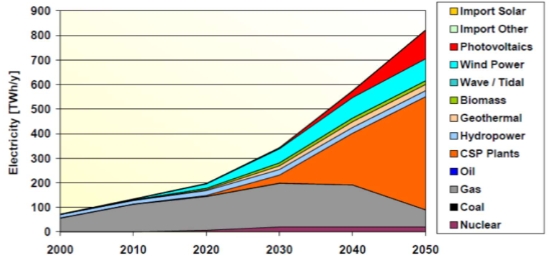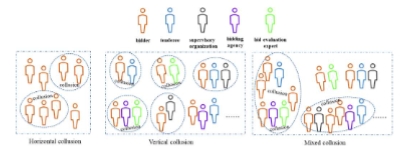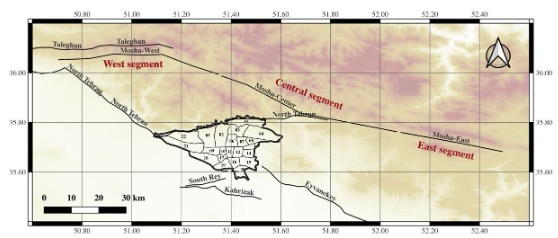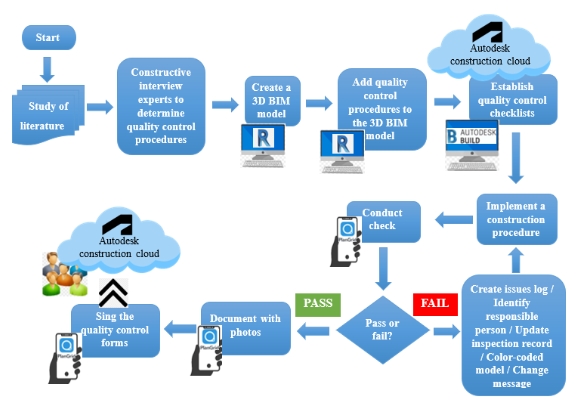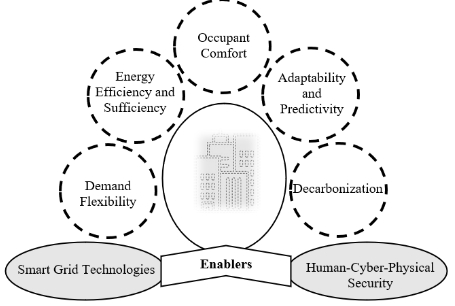CFD-based comparative simulation analysis of flow field under different natural ventilation boundary conditions in the room
Abstract
In order to achieve reasonable indoor layout design, reduce building energy consumption and better meet human body thermal comfort requirements, flow fields under different natural ventilation conditions are compared based on computational fluid dynamics (CFD) in this paper. Firstly, a theoretical model of the indoor flow field under six different ventilation conditions is constructed, and boundary conditions, wall functions and meshing structure are confirmed. Simulation analysis is carried out for six different working conditions. Through comparative analysis, it is concluded the window opening location should be located in the center, and the direct airflow through the convection field is evenly distributed, and the direct airflow is conducive to the improvement of indoor cleanliness. In addition, when organizing natural ventilation, the window orientation is inclined to the dominant wind direction in summer by about 45° angles, it can improve the ventilation effect. And by analyzing temperature contours, 45° angles can better meet people’s needs about temperature: 18 ℃–26 ℃. When temperature contours’ temperature is above people’s comfortable temperature in specific rooms or places, mechanical ventilation and evaporative cooling can be combined. Research results can not only significantly improve the quality of living and working environments, but also help promote the development of green buildings and achieve energy-saving and emission reduction goals.
References
[1]Weber RE, Mueller C, Reinhart C. A hypergraph model shows the carbon reduction potential of effective space use in housing. Nature Communications. 2024; 15(1). doi: 10.1038/s41467-024-52506-z
[2]Li W, Xu X, Yao J, et al. Natural ventilation cooling effectiveness classification for building design addressing climate characteristics. Scientific Reports. 2024; 14(1). doi: 10.1038/s41598-024-66684-9
[3]Chen H, Ding X, Li R, et al. An experimental case study of natural ventilation effects on the residential thermal environment and predicted thermal comfort in Kunming. Case Studies in Thermal Engineering. 2024; 56: 104198. doi: 10.1016/j.csite.2024.104198
[4]Chen Y, Luo L. Energy consumption behaviors and the potential of natural ventilation emission reduction in residential building. Journal of Asian Architecture and Building Engineering. 2023; 23(6): 2029-2040. doi: 10.1080/13467581.2023.2278471
[5]Hsu HC, Chang CW, Chen CC, et al. Natural Ventilation: Optimizing Window Opening Size for CO2 Concentration Control and Thermal Comfort on Nonwindward Facades. Indoor Air. 2024; 2024(1). doi: 10.1155/2024/1435400
[6]Zhang M, Han W, He Y, et al. Natural Ventilation for Cooling Energy Saving: Typical Case of Public Building Design Optimization in Guangzhou, China. Applied sciences. 2024; 14(2): 610. doi: 10.3390/app14020610
[7]Iskandar L, Bay-Sahin E, Martinez-Molina A, et al. Evaluation of passive cooling through natural ventilation strategies in historic residential buildings using CFD simulations. Energy and Buildings. 2024; 308: 114005. doi: 10.1016/j.enbuild.2024.114005
[8]Kocik S, Psikuta A, Ferdyn-Grygierek J. Influence of window and door opening on office room environment and human thermal sensation during different seasons in moderate climate. Building and Environment. 2024; 259: 111669. doi: 10.1016/j.buildenv.2024.111669
[9]Cheng Y, Xie S, Yang M, et al. A study on natural ventilation of dormitories for college students in northeast China during spring: A case of linear-shaped dormitory buildings. Journal of Building Engineering. 2024; 90: 109402. doi: 10.1016/j.jobe.2024.109402
[10]Nguyen VT, Boppana B, Leong J, et al. Analysis and assessment of natural ventilation in the design of urban precincts using an overset grid CFD approach. Building and Environment. 2025; 269: 112352. doi: 10.1016/j.buildenv.2024.112352
[11]Wang C, Jin M, Cheng H. Influence of deflectors on indoor airflow velocity distribution under natural ventilation conditions. Frontiers in Energy Research. 2024; 12. doi: 10.3389/fenrg.2024.1327577
[12]Nasrollahi N, Ghobadi P. Field measurement and numerical investigation of natural cross-ventilation in high-rise buildings; Thermal comfort analysis. Applied Thermal Engineering. 2022; 211:118500. doi: 10.1016/j.applthermaleng.2022.118500
[13]Tian L, Liu ZA, Li Y, et al. Influence and optimization of building opening configurations on the performance of enhanced roof ventilation units (ERU): a numerical and orthogonal study. Case Studies in Thermal Engineering. 2025; 66: 105753. doi: 10.1016/j.csite.2025.105753
[14]Zhang C, Wen CY, Jia Y, et al. Enhancing the accuracy of physics-informed neural networks for indoor airflow simulation with experimental data and Reynolds-averaged Navier–Stokes turbulence model. Physics of Fluids. 2024; 36(6). doi: 10.1063/5.0216394
[15]Serra N. Revisiting RANS turbulence modelling used in built-environment CFD simulations. Building and Environment. 2023; 237: 110333. doi: 10.1016/j.buildenv.2023.110333
[16]Zhang T, Zhou H, Wang S. An adjustment to the standard temperature wall function for CFD modeling of indoor convective heat transfer. Building and Environment. 2013; 68: 159-169. doi: 10.1016/j.buildenv.2013.06.009
[17]Liu F, Li Y, Wang Y, et al. A Numerical Investigation of the Thermal Performance of a Gabion Building Envelope in Cold Regions with a Mountainous Climate. Applied Sciences. 2023; 13(15): 8809. doi: 10.3390/app13158809
[18]Polanco JI, Müller NP, Krstulovic G. Vortex clustering, polarisation and circulation intermittency in classical and quantum turbulence. Nature Communications. 2021; 12(1). doi: 10.1038/s41467-021-27382-6
[19]Li R, Liu J, Chen X, et al. Transient thermal comfort during summer in air-conditioned indoor and naturally ventilated transitional spaces − A field study in Zhengzhou, China. Energy and Buildings. 2025; 328: 115122. doi: 10.1016/j.enbuild.2024.115122
[20]Staffell I, Pfenninger S, Johnson N. A global model of hourly space heating and cooling demand at multiple spatial scales. Nature Energy. 2023; 8(12): 1328-1344. doi: 10.1038/s41560-023-01341-5
[21]Fu Y, Zhao B. Research progress on thermal comfort evaluation in vehicle cab. Mechanical Engineering Advances. 2025; 3(1): 2098. doi: 10.59400/mea2098
Copyright (c) 2025 Author(s)

This work is licensed under a Creative Commons Attribution 4.0 International License.





